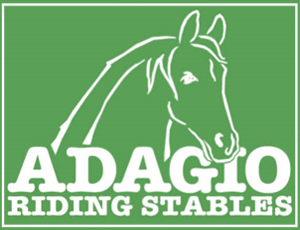Adaptive Activities with Horses
Nowadays, a new role is assigned to the horse: that of the auxiliary of the human, in one dynamic of reeducation, readaptation and of care. With his relational and emotional function, the horse participates (with his own quiet and helpful presence), in the development of the child or of the adult, through the mediatized learning of life (he is the one by whom "the experience of the reality is bearable"), and in his function of emotional support (relay of difficult communications, object of identification or object of transfer, support of aware or unconscious transactions).
The horse also has a communicational function. He is a sensitive and receptive animal, sensitive to moods, to intentions, informed by aware or unconscious physical movements. He returns emotions, and feelings, like a mirror.
Equine therapy is considered a very successful form of treatment for children with autism. The rhythmic motion of riding a horse enables the child to indirectly learn better by focusing on the horse and its riding movement, which is considered deliberate, slow, and calming.
A one-of-a-kind accessibility tour to Adagio with the Blind Persons Association.
Animal-assisted therapy for autism is a fairly new technique but equine therapy for autism has been providing promising results such that many are considering consistently utilising therapy animals in their treatment programs not only for autism.
One benefit of equine therapy for autism is the stimulation of the tactile senses of the autistic child riding the horse. The fuzzy skin, soft nose and rough mane and tail of the horse provide sensations that usually help draw a child out. This eventually results in the stimulation development of the child’s verbal communication as well as interest in other physical items.
Activities with horses are varied, including observation, grooming, feeding, hugging, leading, and riding. Adaptive activities are organised in group or individual sessions. Different approaches allow for better consideration of individual expectations and individual needs.

